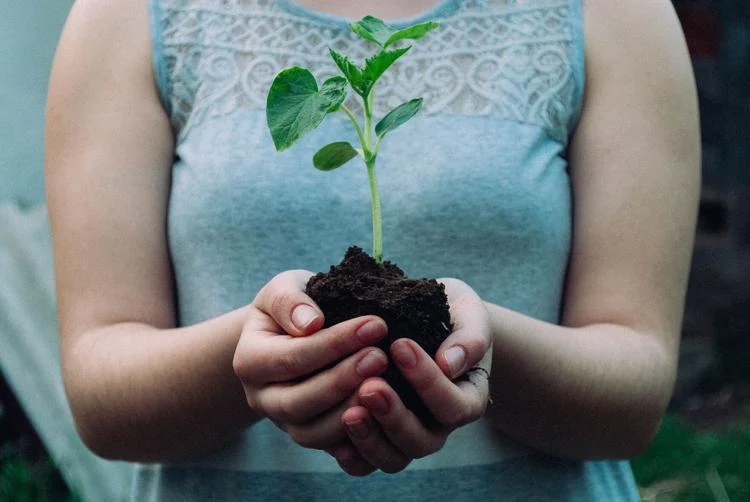There is no better time than now to grow plants
By Julie Banken
WSU Chelan/Douglas County Master Gardener


It’s not news that plants start from seeds, but where do the plants themselves actually come from? For centuries people assumed that plants ate soil. In 1634, a Dutch chemist named Jean Baptiste van Helmont did an experiment to find out if that was true. He planted a five-pound willow sapling in a large pot with exactly 200 pounds of dry soil, covered the rim with a perforated iron plate so nothing but clean water could get in, and let it grow.
After five years, van Helmont uprooted the willow and dried the soil in the pot. The five-pound sapling had grown into a tree weighing 169 pounds and 3 ounces. The soil, meanwhile, weighed 199 pounds and 14 ounces, almost exactly the same as when the experiment began.
If only two ounces of soil were missing from the pot, where did the tree come from? Van Helmont knew its mass had to come from somewhere, so he deduced that the willow tree had come not from soil, but from water.
The chemist was partly right; water makes up about half of the mass of a tree. Aside from a small amount of important nutrients, today we know that the rest of a plant is made up mainly of an element called carbon.
Carbon is not taken up into a plant through its roots. It enters through tiny holes on the undersides of leaves called stomata and is able to pass directly into a plant’s leaves in the form of carbon dioxide gas, or CO2.
Carbon dioxide currently makes up about 0.04% of the air, but that is more than enough for plants to grow. In sunlight, plants combine the carbon in the air with water from the soil to create carbohydrates such as sugars, starches and fibers. This reaction, better known as photosynthesis, is arguably the most important biological process on the planet.
The fact that oxygen is a byproduct of photosynthesis is remarkable enough. Even more incredible, however, might be the ingredients themselves in this chemical transformation. The perfect dahlia blooms in the flower vase, the giant zucchinis hiding in the garden and the tall cottonwoods along the riverbanks are all made up of combinations of carbohydrates formed from water and carbon dioxide gas. In other words, all the plants around us literally come from water and thin air.
If we had to invent a machine to take CO2 out of the air, we couldn’t engineer anything better than a plant. All plants, from tiny weeds to towering trees, are solar-powered carbon-dioxide scrubbers. Along with sunlight, they only require water to work. They don’t even need maintenance or repair, and even better, they can replace themselves and multiply on their own.
To find out how much carbon dioxide a plant removes from the air, dry one out and weigh it, just like Jean Baptiste van Helmont.
As the concentration of carbon dioxide in Earth’s atmosphere continues to rise, there is no better time than now to grow plants. Put a seed in soil, give it water and sunlight, and watch a plant materialize. Master Gardeners will be here to help.
Julie Banken is a WSU Chelan-Douglas Master Gardener intern. A Master Gardener column appears weekly in The Wenatchee World. To learn more, visit bit.ly/MGchelandouglas or call (509) 667-6540.
